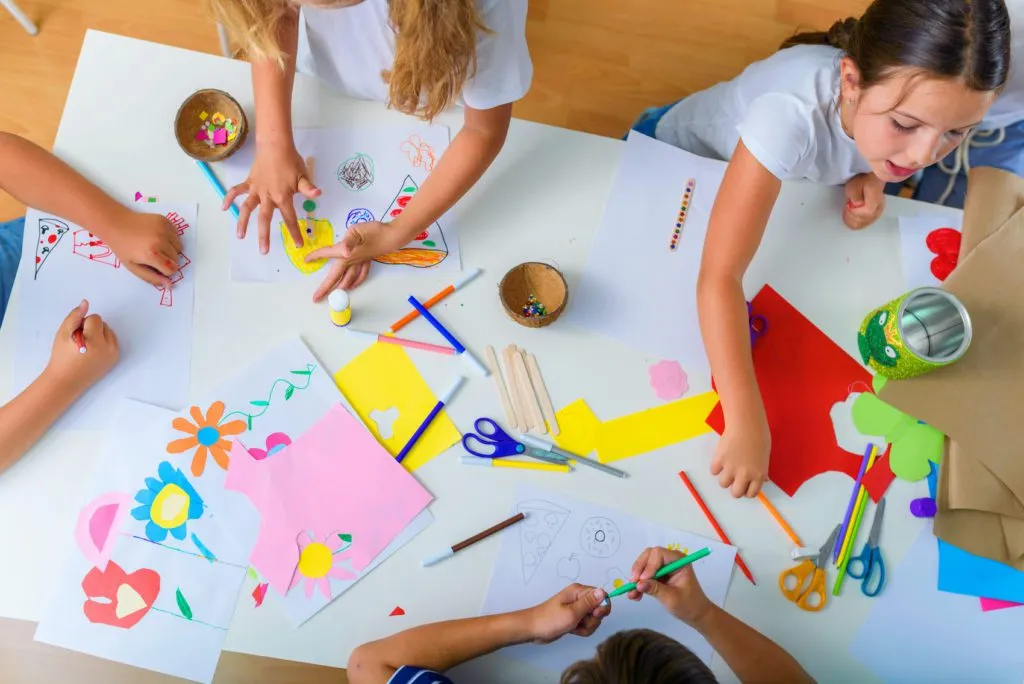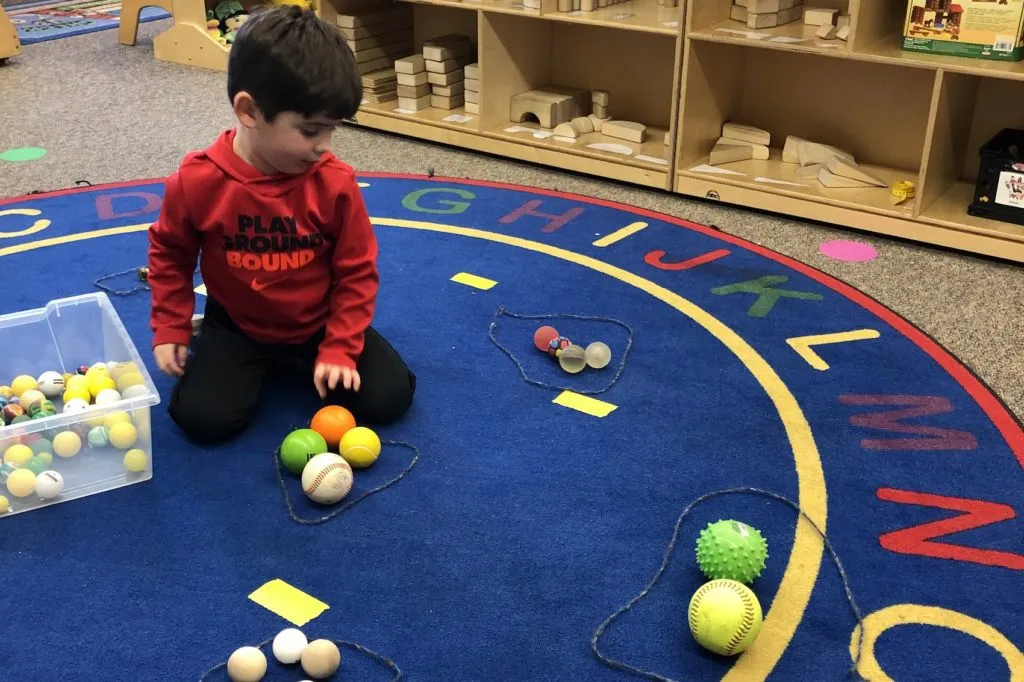Refreshing Your Own Sense of Wonder Through Studies


Young children often marvel at the simple joys found in the world around them. Studies from The Creative Curriculumhonor and leverage that sense of wonder to help children explore and investigate, form connections, and make sense of the world through play.
As a classroom teacher, I experienced the joy of implementing some studies several times with different classrooms of children. As a teacher revisiting topics year after year, I learned that by maintaining my own sense of wonder, I was best prepared to nurture children’s innate sense of curiosity.
Here are three ways that a teacher’s sense of wonder is fueled through study work.
1. Leverage Observations to Engage Children
My own sense of wonder was continually renewed through my observations of children. Coming to know each child as they investigated a study topic for the first time was a true marvel, regardless of how many times I had implemented a particular study.
Reflecting on your observations and knowledge of the children in your care enables you to tailor experiences to what children demonstrate interest in. Even when you implement a Teaching Guide (repeatedly!) as it is written, you have plenty of opportunities as the study unfolds to be responsive to children’s interests and curiosity. In fact, studies are intentionally designed to support you in using your observations of children to drive your planning and decision-making.
For example, consider a scenario in which a teacher introduces a model of a bicycle to the Discovery area during the Wheels study. When the children demonstrate great interest in the model bicycle, the teacher responds by bringing in an actual bicycle and inviting the children to create observational drawings to document their discoveries and explorations. The teacher alters her plans to extend the experience over several days as children continue to make careful observations, ask questions about the parts of the bicycle, and build connections to what they already know about bicycles and wheels. The teachers then uses her observations, the children’s work samples, and the Teaching Guide to plan future experiences that will build on the children’s recent discoveries and questions.
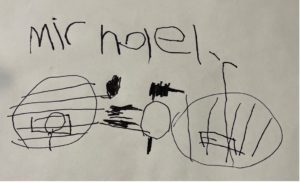 Michael points to the handlebars. “I think this part is like a steering wheel.”
Michael points to the handlebars. “I think this part is like a steering wheel.”
2. Enhance Study Materials
As you implement studies from year to year, not only will your reflections from past investigations expand, but so will your collections of materials related to study topics. Offering materials in aesthetically pleasing and interesting ways provokes children’s creative thinking, fosters their engagement, and nurtures their persistence. Trying out new ways to offer study-related materials to children and taking advantage of materials that may become available to you can bring revitalizing, fascinating, and profound enhancements to already well-executed studies.
For example, after implementing the Balls study for several years, a teacher acquires a large collection of metallic balls through a community donation. She decides to incorporate this new collection into classroom experiences and interest areas for her upcoming implementation of the Balls study. One way she offers the material is by pairing the collection with spoons, containers, and strainers at the water table. The teacher ensures she listens carefully as children play to document their thinking.
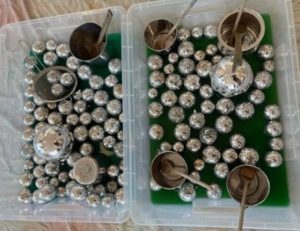
A child sings, “Shiny, shiny, shiny. I can fit three balls in here and one big one here. I made you shiny fish soup!”
3. Nurture New Relationships
Each year brings a unique group of children with diverse prior experiences, which may not only impact study implementation but improve it. Learning about each new group of children, their families, and the community around you allows you to incorporate new study-related experiences that directly relate to the group of children you are currently supporting, ensuring that each iteration of a study is both meaningful and authentic. In this way, the teacher is empowered to build relationships with children and their families. Viewing the world through their experiences allows something as ordinary—or even annoying!—as a clogged drain to reignite your own sense of amazement.
For example, after sending home the Letter to Families prior to implementing the Water study, a teacher learns that a mother of a child in her class is a plumber. Once the study is underway, the teacher invites her to visit the classroom to discuss her tools and how she spends her day as a plumber. The teacher supports children in developing interview questions in preparation for her visit. The plumber’s son, Emanuel, offers a unique perspective, as he already knows a great deal about how plumbing works.
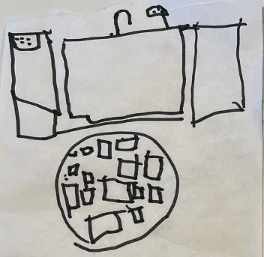
“If you have a clog, it could be for a lot of things. Sometimes, you have something stuck in your pipes. Like this.”
Learning about the children in your care, enhancing study-related materials, and strengthening family partnerships allows you to incorporate experiences that evolve over time and evoke a refreshed sense of wonder for children; their families; and even for you, their teacher.
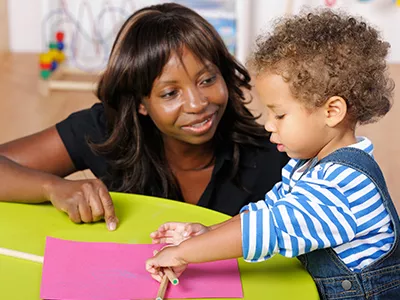
Inspire Children With Project-Based, Investigative Learning
The Creative Curriculum builds children’s confidence, creativity, and critical thinking skills through hands-on, project-based investigations.
Learn More